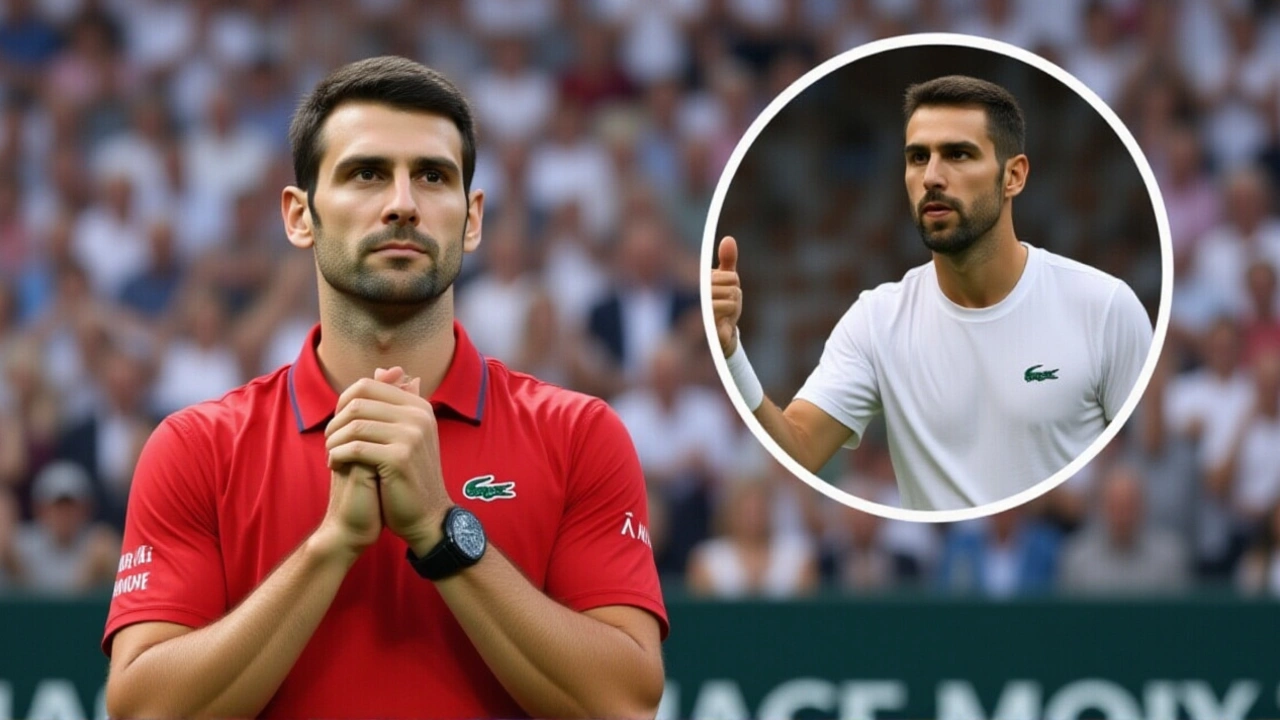tournament history and tennis records
When talking about tennis records, the measurable achievements that define a player's place in the sport's history. Also known as court milestones, they capture everything from title counts to speed feats. tennis records are more than numbers; they tell the story of how the game has evolved, which styles dominate, and what it takes to become a legend. Every fan, analyst, and aspiring player looks at these benchmarks to gauge greatness, compare eras, and set goals. The data behind each record is collected by official bodies, broadcasters, and statisticians, ensuring consistency across tournaments and surfaces.
Key milestones that shape the narrative
Among the most celebrated milestones are Grand Slam titles, the four major championships that every player aims to win. Holding the most of these crowns instantly places a player in the elite conversation. Next up is the world ranking, a points‑based system that reflects consistent performance across the calendar. A year‑end No. 1 spot often secures sponsorships and cements a player’s legacy. Then there’s the fastest serve, a speed record measured in miles per hour that showcases raw power and technique. Breaking this barrier not only thrills crowds but also pushes equipment manufacturers to innovate. Finally, the longest match, the endurance test that combines mental toughness with physical stamina highlights how athletes manage fatigue, strategy, and nerves under extreme pressure. Each of these entities intertwines: a player chasing Grand Slam titles may need a high world ranking to earn seedings, while a powerful serve can shave crucial points in tight sets, influencing match length and ultimately the record books.
Understanding how these elements connect helps fans appreciate why certain achievements feel historic. For example, a player who climbs to the top of the world ranking while also stacking Grand Slam victories demonstrates both consistency and peak performance. Likewise, a record‑breaking serve often translates into more aces, shortening matches and reshaping strategies for opponents. By mapping these relationships, you can see how a single breakthrough—like setting a new fastest‑serve record—can ripple through rankings, draw more attention to upcoming tournaments, and inspire the next generation to chase the same milestones. Below you’ll find a curated selection of articles that dive deeper into each of these records, offering analysis, historic comparisons, and a glimpse of what might come next in the ever‑evolving world of tennis.
Djokovic Becomes First to Beat Seven Opponents 20+ Times After Shanghai Triumph
Novak Djokovic becomes the first ATP player to beat seven different opponents 20+ times after his Shanghai Masters victory, cementing a historic record and highlighting his enduring dominance.





